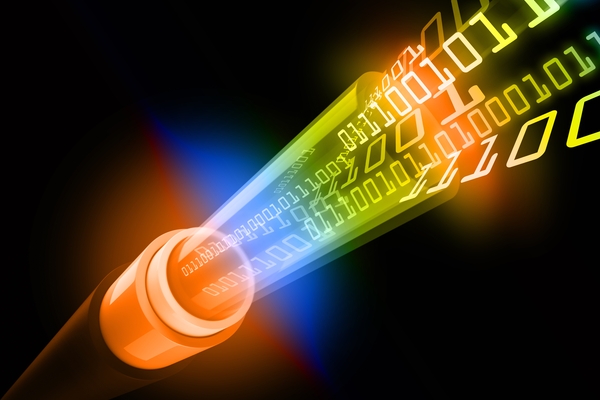Lectures:
1) Telecommunication networks attributes, communication model, signaling, methods of signal switching.
2) OSI reference model and its layers. TCP/IP protocol model and its layers, IP, TCP, and UDP.
3) Addressing in IPv4 and IPv6.
4) Subnetting.
5) LAN networks – LAN protocol stack, media access methods in LANs, network topologies, Ethernet.
6) Transport networks – PDH (Plesiochronous Digital Hierarchy), SDH (Synchronous Digital Hierarchy), DWDM (Dense Wavelength Division Multiplexing), used network devices.
7) IP WAN networks, pure IP WAN networks, HDLC and PPP, MPLS technology, Metro Ethernet.
8) Internet – structure of Internet. Cloud computing.
9) Metallic and optical access networks (xDSL, DOCSIS, FTTx).
10) Wireless access networks (WLAN, DVB-RCS, Starlink). GNSS system.
11) Wireless Personal Area Networks (Bluetooth, Zigbee, ANT+). LPWAN technology.
12) Mobile technologies GSM and LTE.
13) Mobile technologies 5G and 6G. Future and visions in mobile networks.
Exercises:
1) Safety in laboratories. Basic information about the subject and its classification.
2) Laboratory work – cabling.
3) Laboratory work – IP addresses, subnetting.
4) Laboratory work – computer networks.
5) Laboratory work – throughput and delay measurement in data networks.
6) Laboratory work – virtualization.
7) Laboratory work – VoIP technology. Test nr.1.
8) Laboratory work – xDSL technology.
9) Laboratory work – passive optical networks.
10) Laboratory work – LPWAN technology (LoRa).
11) Laboratory work – wireless access networks (WiFi).
12) Laboratory work – mobile networks. Test nr. 2.
13) Reserve term for tests and labs.
1) Telecommunication networks attributes, communication model, signaling, methods of signal switching.
2) OSI reference model and its layers. TCP/IP protocol model and its layers, IP, TCP, and UDP.
3) Addressing in IPv4 and IPv6.
4) Subnetting.
5) LAN networks – LAN protocol stack, media access methods in LANs, network topologies, Ethernet.
6) Transport networks – PDH (Plesiochronous Digital Hierarchy), SDH (Synchronous Digital Hierarchy), DWDM (Dense Wavelength Division Multiplexing), used network devices.
7) IP WAN networks, pure IP WAN networks, HDLC and PPP, MPLS technology, Metro Ethernet.
8) Internet – structure of Internet. Cloud computing.
9) Metallic and optical access networks (xDSL, DOCSIS, FTTx).
10) Wireless access networks (WLAN, DVB-RCS, Starlink). GNSS system.
11) Wireless Personal Area Networks (Bluetooth, Zigbee, ANT+). LPWAN technology.
12) Mobile technologies GSM and LTE.
13) Mobile technologies 5G and 6G. Future and visions in mobile networks.
Exercises:
1) Safety in laboratories. Basic information about the subject and its classification.
2) Laboratory work – cabling.
3) Laboratory work – IP addresses, subnetting.
4) Laboratory work – computer networks.
5) Laboratory work – throughput and delay measurement in data networks.
6) Laboratory work – virtualization.
7) Laboratory work – VoIP technology. Test nr.1.
8) Laboratory work – xDSL technology.
9) Laboratory work – passive optical networks.
10) Laboratory work – LPWAN technology (LoRa).
11) Laboratory work – wireless access networks (WiFi).
12) Laboratory work – mobile networks. Test nr. 2.
13) Reserve term for tests and labs.
